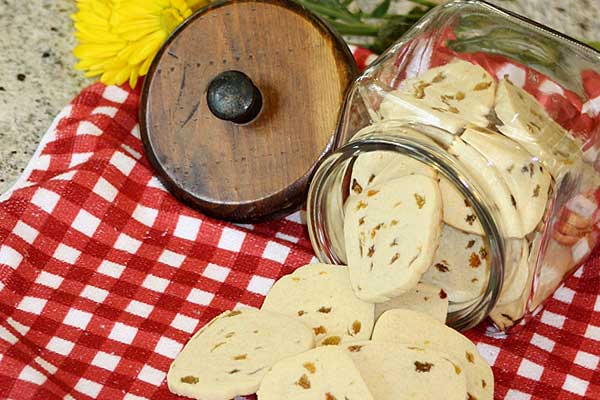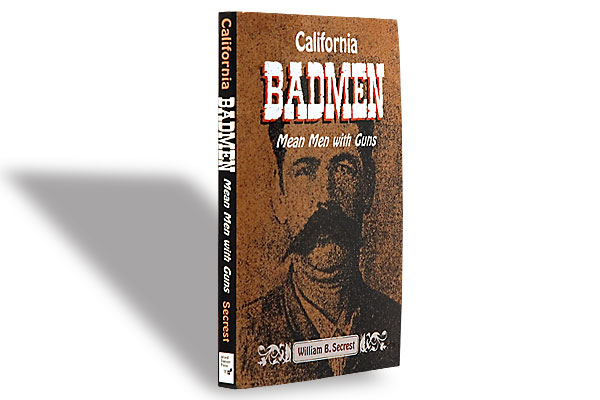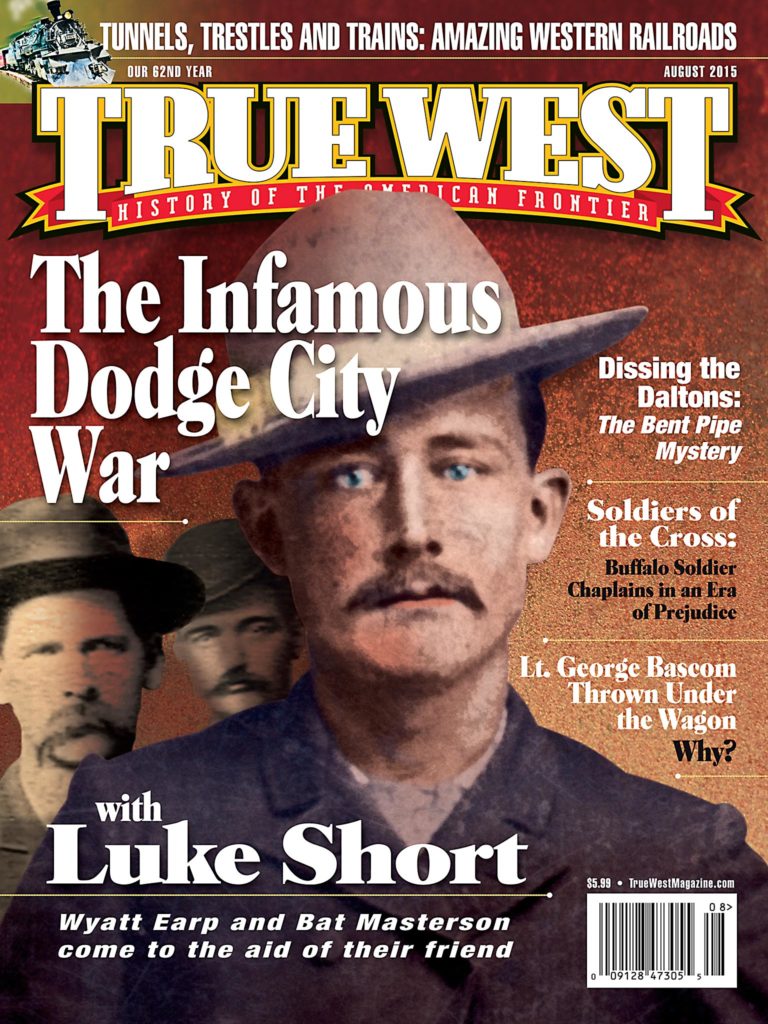 Since raisins are nothing more than dried grapes, they came from wine-producing regions. In the early 1800s, they were largely imported from Spain. But as California began experimenting with grapes, that trend slowly changed.
Since raisins are nothing more than dried grapes, they came from wine-producing regions. In the early 1800s, they were largely imported from Spain. But as California began experimenting with grapes, that trend slowly changed.
In 1851, in San Diego, Agoston Haraszthy, Sonoma County’s first winemaker, cultivated muscatel vines from the seeds of raisins grown in Málaga, Andalusia, in Spain. When he visited Spain in 1861, he selected cuttings from Gordo Blanco and planted them in his Sonoma vineyard. The Pacific Rural Press reported in 1910, “He was thus the first to introduce the raisin vine into California.”
While Spain dominated the raisin market, other countries, including Turkey, Smyrna, Persia and Australia, also produced the dried grape. The most popular raisin in America was the dark Muscatel or Málaga from Spain. It was picked from the vine
and packaged in decorated boxes with colored paper and lace edging.
Minnie Austin quit teaching school because she lost her passion for her students. But the 40 year old found a new vocation in 1878, and California had one of its first female raisin growers. She planted her “Hedgerow Vineyard” with the Gordo Blanco Muscatels, marking her as one of the earliest planters in Fresno.
She and her teacher friend Lucy Hatch lived at the vineyard together and ran the place. In 1884, Austin became the first person to use William Schmolz’s mammoth drier to turn her grapes into raisins.
The Pacific Rural Press wrote on March 21, 1885, of Austin’s drier: “This drier began operating in September last, and continued its work uninterruptedly until the grape crop of that vineyard had been transformed into raisins which were universally acknowledged to be of an unusually superior quality.”
Despite California’s increased raisin production, Spain still dominated the raisin industry in 1882. Spain produced 1.9 million boxes of its Málaga crop, with nearly one million shipped to the U.S. After that, raisin shipments from Spain declined. By 1888, the number of boxes shipped to the U.S. had dropped to 112,000, largely due to California’s raisin production.
At one point, California had an abundance of raisins. One practical farmer near Fresno decided to use his raisins as horse feed, since it was cheaper than barley. In 1898, P.P. Brooks shared his advice with a reporter: “Some time ago I concluded to use raisins as horse feed instead of grain. As an experiment I bought an old horse and fed the animal twelve pounds of raisins a day. The nag was worn out and poor, but in a short time he began to fatten and grow sleek. The food seemed very nourishing and the horse became plump and full of life. I sold the animal back to the owner for $30—three times what I gave for him…. This is a good way to get rid of the surplus now in the hands of the farmers.”
On the frontier, cooks used raisins in scores of recipes, including those for breads, puddings, cakes and pies, like mince and funeral pies. Try your hand at the shared 1894 recipe to make the old-fashioned cookies called Hermits.
Sherry Monahan has penned Mrs. Earp: Wives & Lovers of the Earp Brothers; California Vines, Wines & Pioneers; Taste of Tombstone; The Wicked West and Tombstone’s Treasure. She’s appeared on the History Channel in Lost Worlds and other shows.




